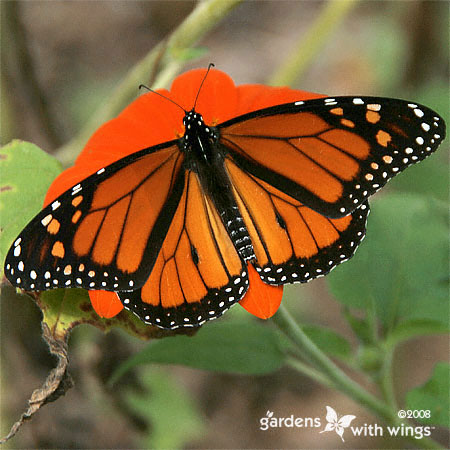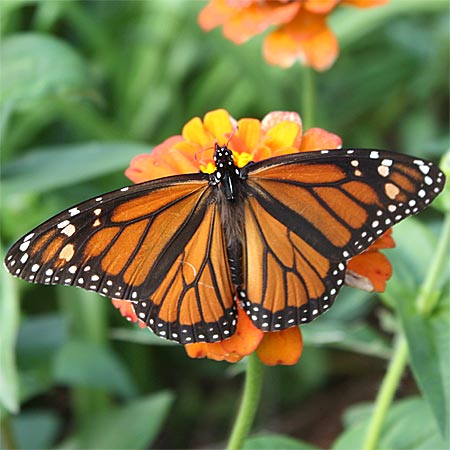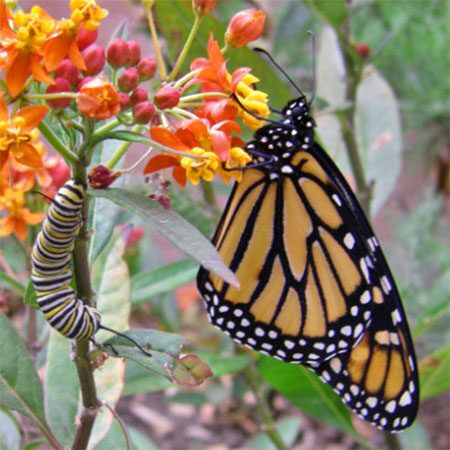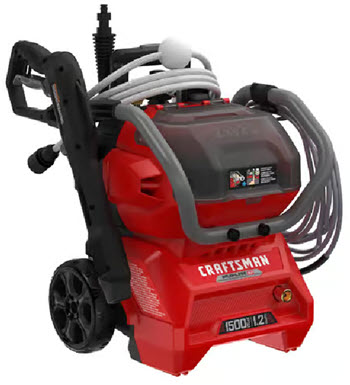The chances are high that you have heard about monarch butterflies and seen pictures and videos of them. They usually are included in those presentations when one speaks about the beauty of these amazing insects. The sad news is that they are currently at risk of extinction, and things can get worse if we do not act and address the dangers like habitat loss and the changes to the global climate.

Even though the migratory tracks of the monarch butterfly are well documented, there are still challenges since the monarch is the only butterfly with a two-way migration that takes place (just like the birds do!). For example, one can watch how every winter monarch butterflies that occupy the Eastern part of the United States migrate to the Mexican Madre mountains.

As scientists and amateur observers state, a sudden decrease is occurring in the Western parts of the world. According to the International Union for the Conservation of Nature (IUCN) reports, the native population of monarch butterflies has decreased between 22% and 72% during the past decade. This decline is alarming. Still, before we understand the ways to save monarch butterflies, we must identify the dangers they face. It will help scientists work alongside our society’s representatives to make a positive change.
7 Ways to Help Save Monarch Butterflies
While we may be unable to change the world the next morning, we can still do things every day to save the Monarch butterfly. Seven efficient ways to save the Monarch butterfly from extinction:
1. Creation of a Natural Monarch Milkweed Habitat
You can create a natural milkweed habitat in your garden, as many types of milkweeds are available in North America. Or volunteer with an organization in your area. The scouts of Troop 5 in Wilmette, Illinois, have planted 1,000 milkweed seeds and created 10,000 square feet to form a special waystation for the monarchs. It shows that group involvement, under the careful guidance of educators, can make significant changes.
2. Avoiding the Use of Pesticides
It’s one of the most important aspects to consider because you can stop the use of pesticides in your garden and contribute to a safe, natural habitat. Since you can use organic elements, it is still possible to achieve good crops. And you can browse the Internet to learn about the dangers of pesticides. Before using pesticides, contact the local environmental specialists to receive instructions on how to do that safely!
3. Joining the Climate Change Campaigns
Do not ignore joining the local and global campaigns aimed at climate change. You can bring up the subject of monarch butterfly preservation by creating colorful presentations and factsheets that are clear and accessible. It is always possible to talk about the changes that have taken place in your local neighborhood by listing the companies and institutions that act and work on keeping things safe.
4. School and College Awareness
Another important way to save the population of monarch butterflies belongs to our children. We should educate them about the current issues and the best ways to study, explore, and protect the butterflies and every living being on our planet. We must bring awareness of the problem and introduce it more deeply into Biology, Chemistry, and Environmental Sciences lessons. One can approach daytime camp specialists to let the children observe the butterflies in their natural environment. College students may connect their course knowledge to studying monarch butterflies and migration corridors, among other things.
5. Using FSC Certified Wood
Using the FSC woods certified by the Forest Stewardship Council is another way to show that you are a responsible person who strives to be environmentally conscious. It helps to improve the natural habitat and address climate change issues.
6. Learning to Preserve Natural Grassland
The presence of the natural grasslands is vital for the monarchs. They help milkweed grow as monarch caterpillars require milkweed to grow while adult butterflies seek nectar plants. The problem is that most native grasslands are used for crops these days. The ecosystem in the United States and beyond is quickly changing by leaving a limited natural environment for the monarchs to grow and feel safe.
7. The Social Aspect
It’s next to impossible to address the challenges related to the natural habitat of the monarchs without turning to social campaigns and addressing dangers like the use of glyphosate herbicide.
One can only hope that the monarchs will be able to withstand the challenges, yet it will be impossible without human input and taking immediate action.
Support Organizations
- Save Our Monarchs Foundation – Save Our Monarchs is a grassroots 501(c)(3) non-profit organization dedicated to saving the embattled monarch butterflies. Order Seed or Donate to Help Save The Monarchs.
- Monarch Waystation Program – Show your support of monarch conservation and register your garden as a Monarch Waystation.







